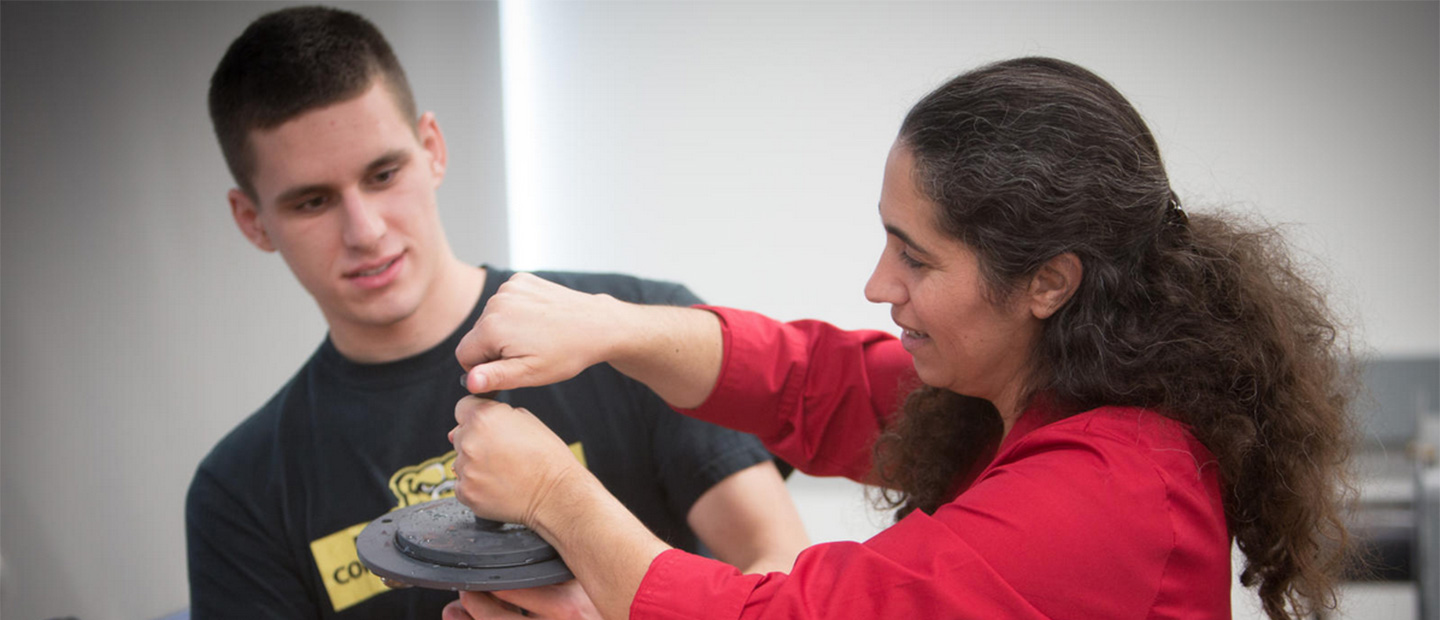Center for Excellence in Teaching and Learning
Kresge Library, Room 430
100 Library Drive
Rochester,
Michigan
48309-4479
(location map)
(248) 370-2751
[email protected]

Connections Class Promotes Faculty-Student Interaction
Connections Classes are designed to enhance faculty-student interaction. Faculty spend 15-20 minutes during one class period sharing information about themselves, their research, their career path, their interests, how they decided to become a professor, and any other information they feel comfortable sharing with the class. Students can ask questions and the dialogue is intended to be informal and open.
How It Works
- Select one class period, preferably in the first third of the semester.
- Reserve the last 15-20 minutes for a Connections class.
- Announce to the class that you are going to stop the class lecture early in order to focus on something different. Then, proceed to share information about yourself, your research, your interests, etc.
You can get the discussion started by prompting students to ask you any questions about yourself, your career, or any topic that you are comfortable discussing with them.
If possible, bring a snack such as cookies to class (not necessary). This will create a more social, engaging and fun atmosphere and will make students feel even more comfortable. The goal of a Connections Class is to humanize the faculty member and improve faculty-student interactions.
Three faculty members first implemented this initiative in their engineering courses in Winter 2013 as part of an educational study. Student survey results show that 92.7% of the student respondents agree or strongly agree that there is value in having a Connection Class in their engineering classes. Student comments were overwhelmingly positive and indicated that students felt more comfortable approaching the faculty member after the class. Results at other institutions point to similar results.
This strategy was tested in the School Engineering and Computer Science through a mini-grant from the NSF-funded ENGAGE program. It has been implemented by various faculty members into several SECS courses, ranging from Freshman to graduate-level courses, and all levels in between.
Save and adapt a Google Doc version of this teaching tip.
About the Author
Laila Guessous is a professor of mechanical engineering at OU. Published in May 2014, updated July 2021. Others may share and adapt under Creative Commons License CC BY-NC. Others may share and adapt under Creative Commons License CC BY-NC.View all CETL Weekly Teaching Tips. Follow these and more on Facebook, Twitter, and LinkedIn.



